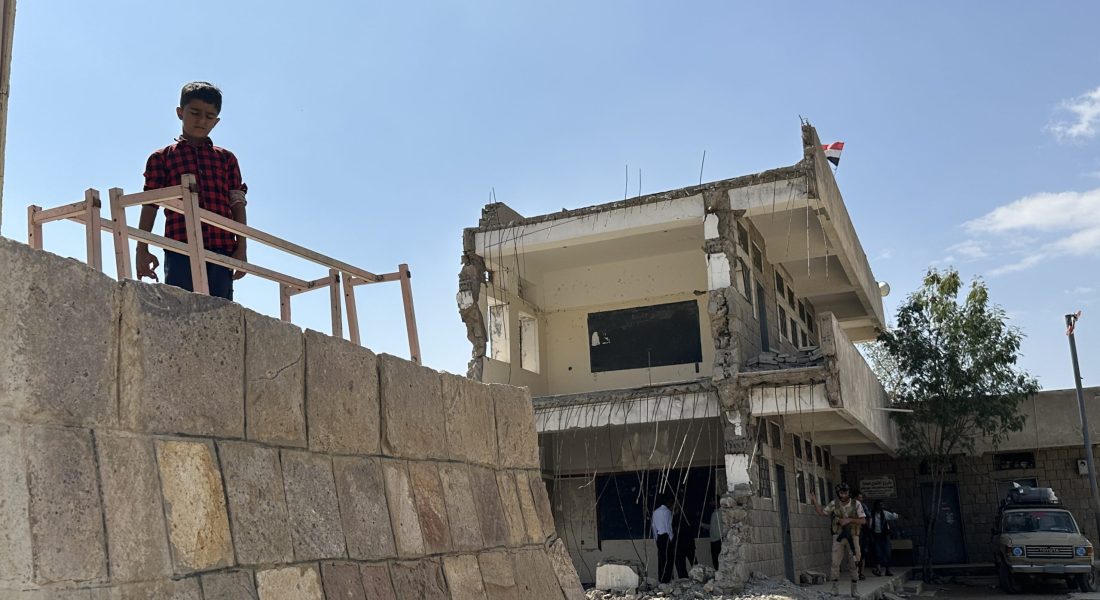At least four civilians have been killed by landmines since the beginning of February, according to a local organisation.
Since the conflict between Yemen’s pro-government forces and Houthi militias escalated in 2014, liberated strategic areas have been left littered with anti-personnel mines and anti-tank mines, along with unexploded explosive remnants of war (ERW).
Whilst the Houthis’ use of landmines has been widely documented since at least 2015, the sheer number of landmines planted in recent years has led experts to warn that the armed group’s new tactics could hamper mine eradication in Yemen, as well as pose an increased threat to the safety, health and lives of Yemenis.
Yemeni Landmine Records — a group that tracks civilian landmine fatalities in the country — said in a report published on “X” (formally Twitter), that the latest landmine victim Shagia Mohsen Shreik, 20, was killed when a landmine exploded in the Khabb wa ash Sha’af District while riding a motorcycle on a secondary road near the Salba, in Al-Jawf governorate, northeast of Yemen.
The incident came just two days after another civilian, Nasser Ali Mutahhar, was killed in the same area in a landmine blast.
A day earlier, 14-year-old Omar Ali Saheli Shu’i died in a mine explosion in the village of Bani al-Mesh, in the Bani Hassan sub-district of Abs district, Hajjah governorate.
Earlier in February, 13-year-old Aisha Salem Akim died of injuries caused by a landmine planted in the Al-Jarba area of Ad Durayhimi District, south of the Al Hudaydah Governorate.
According to Project Masam Managing Director Ousama Algosaibi, the information obtained by the project indicates that the Houthis have planted an estimated two million landmines and improvised explosive devices (IEDs) in various areas it controlled, killing and injuring more than 10,000 civilians, the majority of whom are women and children.
Algosaibi explained that landmines continue to be a serious threat to civilians in Yemen. The Managing Director reiterated his commitment and that of Project Masam’s demining teams, to continue clearing the affected areas and remove these mines to protect civilians, secure a safe environment, and promote sustainable development in the country.
To ensure the safety of civilians against the dangers of mines, Project Masam continuously seeks to intensify its awareness campaigns – the first defense line against mines – by spreading posters explaining the types of mines, their locations, and methods of camouflage.
This is in addition to educating civilians through Explosive Ordnance Risk Education (EORE) about the dangers of mines and ways to avoid them, as well as the necessity to communicate with the competent authorities should they stumble upon a suspect item, or following a landmine accident, to reduce the number of victims who get targeted by landmines.

